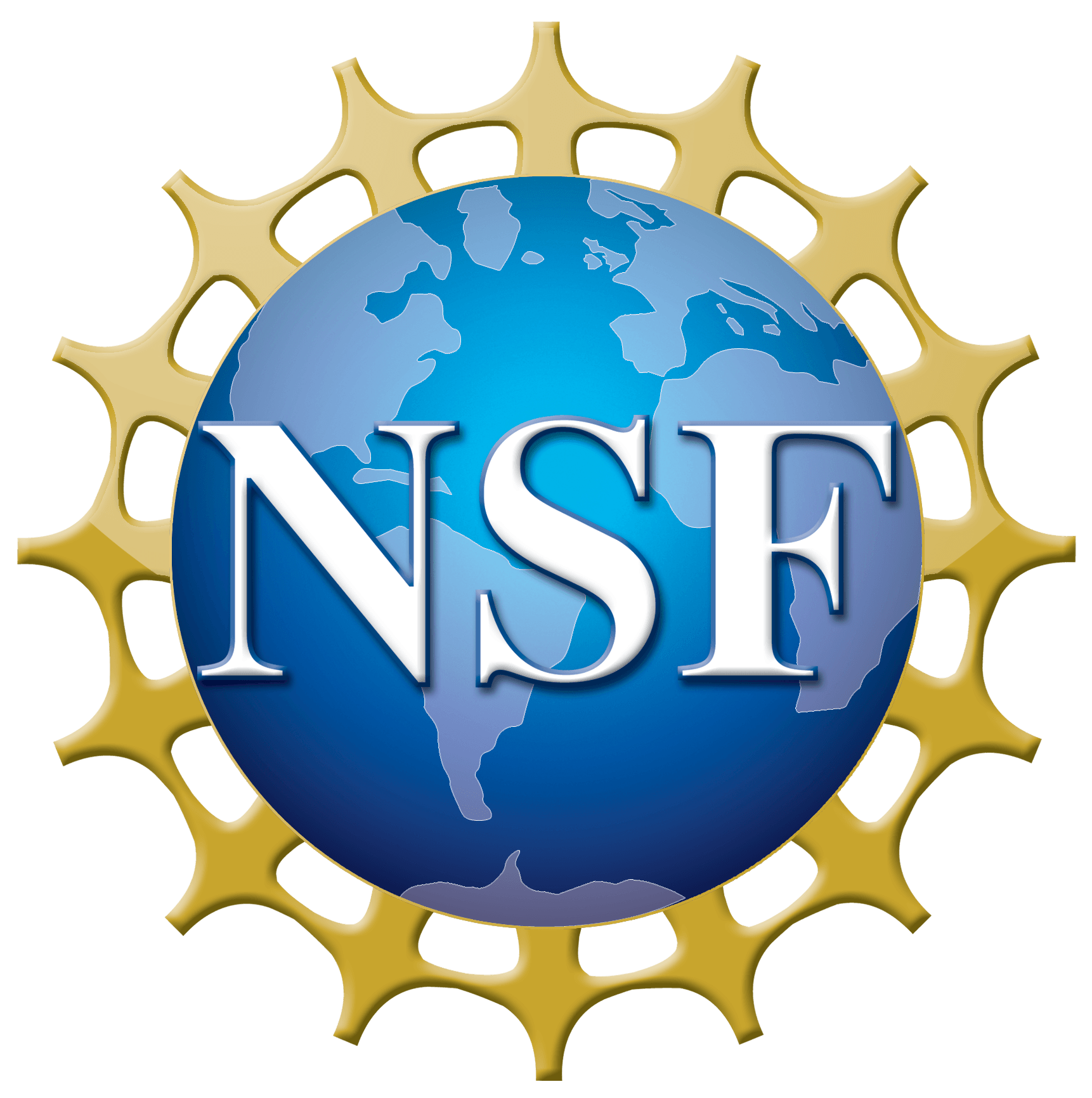Latest NRAO News
News is managed by NRAO News & Public Information. Questions about News? Have a story to share? Want to interview a scientist or create new media about our telescopes?
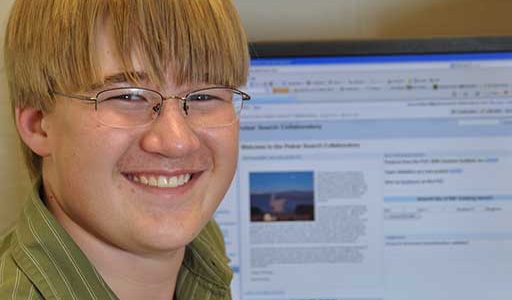
A West Virginia high-school student analyzing data from a giant radio telescope has discovered a new astronomical object — a strange type of neutron star called a rotating radio transient.
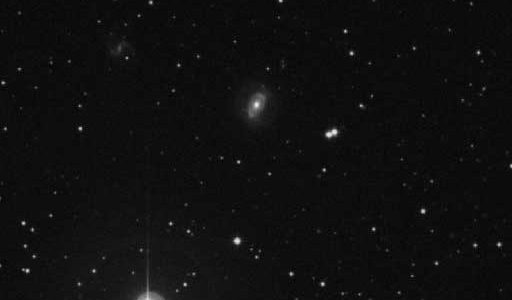
Radio astronomers have directly measured the distance to a faraway galaxy, providing a valuable yardstick for calibrating large astronomical distances and demonstrating a vital method that could help determine the elusive nature of the mysterious Dark Energy that pervades the Universe.
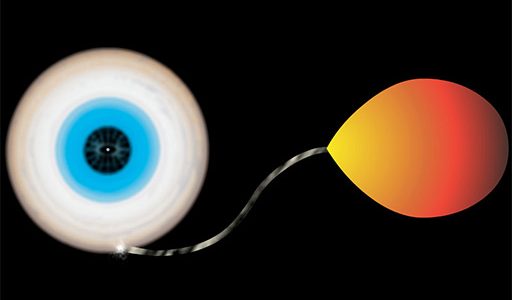
Astronomers have discovered a unique double-star system that represents a missing link stage in what they believe is the birth process of the most rapidly-spinning stars in the Universe — millisecond pulsars.
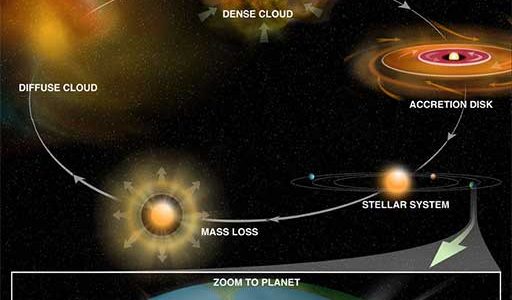
Processes that laid the foundation for life on Earth — star and planet formation and the production of complex organic molecules in interstellar space — are yielding their secrets to astronomers armed with powerful new research tools, and even better tools soon will be available.
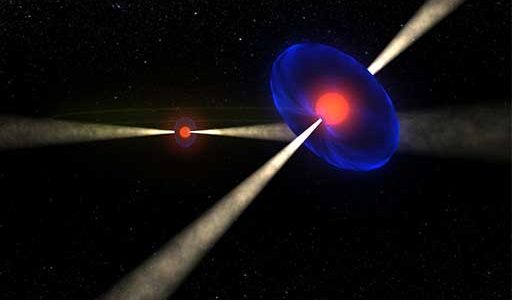
Taking advantage of a unique cosmic coincidence, astronomers have measured an effect predicted by Albert Einstein’s theory of General Relativity in the extremely strong gravity of a pair of superdense neutron stars.
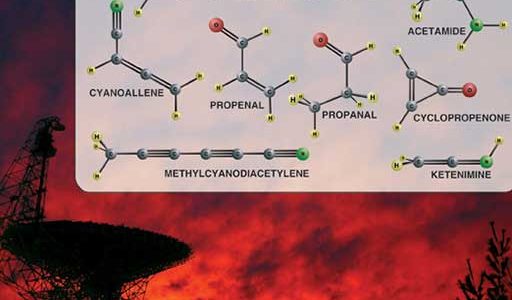
Scientists are using the giant Green Bank Telescope to go prospecting in a rich molecular cloud in our Milky Way Galaxy.
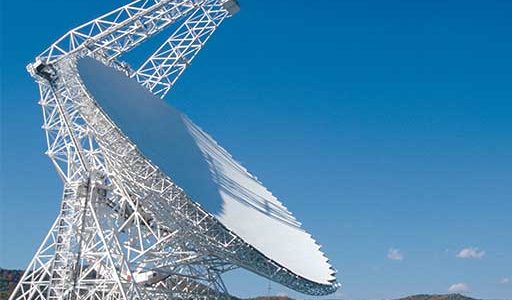
As NASA’s Phoenix Mars Lander descends through the Red Planet’s atmosphere toward its landing on May 25, its progress will be scrutinized by radio telescopes from the National Radio Astronomy Observatory.

Astronomers have discovered a speedy spinning pulsar in an elongated orbit around an apparent Sun-like star, a combination never seen before, and one that has them puzzled about how the strange system developed.

A giant cloud of hydrogen gas is speeding toward a collision with our Milky Way Galaxy, and when it hits — in less than 40 million years — it may set off a spectacular burst of stellar fireworks.
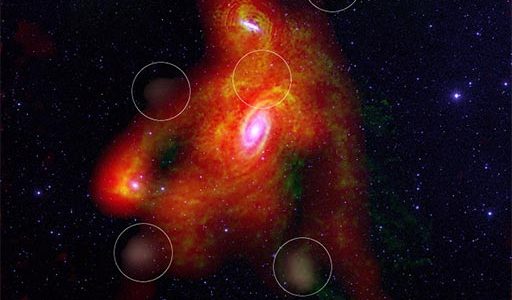
A composite radio-optical image shows five new clouds of hydrogen gas discovered using the National Science Foundation’s Green Bank Telescope.




